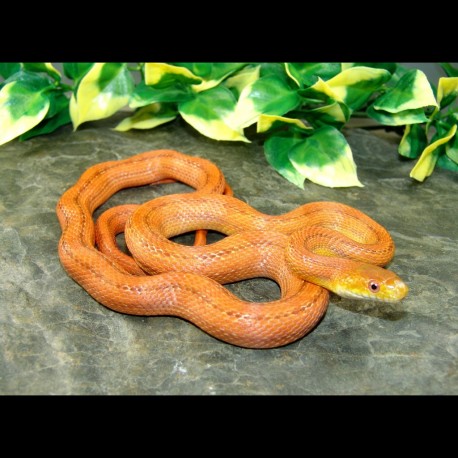No Products
 View larger
View larger Everglades Rat Snakes (Babies)
Everglades Rat Snakes (Elaphe obsoleta rossalleni)
This product is currently out of stock
More Info
Everglades Rat Snakes (Elaphe obsoleta rossalleni) hatchlings are usually born a light gray ground color with darker gray blotches and a ventral pattern consisting of whitish-gray and dark gray checkers. They are also sometimes born with hints of orange color. As adults, both the dorsal and ventral coloration vary from orange to a deep orange-red, with specimens from the northern end of their range often having a more yellowish-orange color due to genetic influence from the yellow rat (E. o. quadrivittata).
They are found from extreme southern Florida, north into Glades, Martin, and Okeechobee counties. The draining of the everglades and planting of Australian Casaurina trees along highways has allowed the everglades ratsnake to move northward and the Yellow Rat Snake (E. o. quadrivittata) to move southward. The two subspecies readily intergrade with one another to the point that true, nearly patternless, orange-red everglades rats have now become quite hard to find.
Habitat
The habitat consist of everglades and wetland prairies to subtropical hardwood forests, cypress swamplands, and pinelands.
Behavior
Everglades ratsnakes, like yellow rats, are active both day and night. They can be found crossing roads at night and during the day sunning themselves along the tree line or on dirt roads. They are also great climbers, and are often found high up in Australian pine trees. Breeding is accomplished in the same way as the yellow ratsnake. A cooling down period is not necessary but may help. Simply shortening the light cycle is usually all that is required in order to breed this subspecies. As with the yellow ratsnake, breeding usually takes place from March to May with anywhere from 6 to 30 eggs being laid between May and July. Incubation lasts from 55-60 days. Hatchlings will feed on lizards or pink mice while adults feed on rodents and birds.

